In this exclusive Q&A, BroadAgenda editor, Ginger Gorman, speaks with Andrea Carson, Professor of Political Communication at La Trobe University. She’s the lead researcher behind the 2024 Women for Media Report: ‘An Unfinished Story,’ the largest study to date on gender bias in Australian newsrooms. Using innovative machine-learning techniques, Carson and her team analysed over 200,000 articles to reveal critical insights into the underrepresentation and misrepresentation of women in both the creation and sourcing of news.”
Your report emphasises the importance of supporting public interest journalism, particularly during tough economic times. What specific policy incentives do you believe governments should implement to help sustain gender-equitable workplaces in newsrooms?
The federal government has policy programs to support public interest journalism in rural and regional Australia and these could also include incentives that promote gender equitable workplaces.
The News Media Bargaining Code is also designed to support public interest journalism but at present Meta have withdrawn from participating in the Code, leaving a policy gap for government to address to ensure that Australian public interest journalism is adequately supported. If a replacement scheme is devised, it should also take into consideration policies that promote gender equality in news coverage.

Andrea Carson, Professor of Political Communication, La Trobe University says: “On a positive note, many newsroom leaders are now women.” Picture: Supplied
Despite nearly equal numbers of male and female journalists, gender bias persists in coverage. What do you see as the most significant barriers that need to be addressed to achieve true gender parity in journalism?
Unconscious (or even conscious) gender bias in news needs to be addressed. Editors need to consciously think about who gets assigned to what story and why. This extends to front page coverage and the authors who are commissioned to write opinion pieces. At present we see horizontal segregation of topics, or pink ghettos – as they were once called – meaning that men more commonly report on “hard news” and women on “soft news”.
Politics is the hard news exception – with almost equal numbers of men and women journalists reporting in this domain now thanks to outlets like the Guardian that have really lifted the profile of women political reporters over time. Hard news stories include business and the economy, science, foreign affairs and sport. Soft news is health, arts, celebrity and gossip.
Given that women predominantly cover “soft news,” what strategies can newsrooms employ to encourage female journalists to take on roles in reporting areas like sports and politics?
Teaching journalism at La Trobe shows me that there are many women who want to report on sport. I don’t think the problem is supply, but more newsroom demand. Editors need to ensure there are equal opportunities for men and women to report on different topics but also to ensure they have visibility on these topics – meaning that women have the same opportunity as men to report on big events in sport, politics and so forth and not just stories on the periphery that make it to a few paragraphs on the inside pages or few words in the broadcast bulletin.
On a positive note, many newsroom leaders are now women. This may lead to a rethink of how we define news and broadening of the news agenda and its framing to topics that in the past have been ignored outside the health and well-being pages such as menopause and childcare.

Men in the media remain the default quoted experts. Image: Women for Media Report
How can news organisations better ensure the representation of women from diverse backgrounds in both reporting and as expert sources, and why is this important for gender equity in journalism?
Diversity in reporters and sources is a positive for journalism but also for democracy and for the media outlet’s economic survival. If we want news about our society to be accurate and holistic, we need to properly represent all groups in society.
Newspapers have names such as The Mirror, because they were thought to mirror society. This is not the case if only a small section of society such as middle-class white men are over-represented.
Moreover, women are turning off news and are among the largest news avoiders according to the annual Digital News Report. One reason for this is because they do not see stories of interest to them or that reflects their experiences. Given news outlets are losing audiences to other forms of storytelling such as TikTok and social media, it is in their economic interests to engage a wider audience that includes 50 per cent of the population: women.
With the rise of online abuse targeting women journalists, what collaborative efforts do you recommend between media organisations and digital rights groups to establish and enforce effective digital safety standards? What can bystanders do?
Media organisations need to work closely with authorities such as the E-Safety Commissioner to develop best practice guidelines. This might include mechanisms such as turning off comments on sensitive stories so that journalists, particularly women and minorities, do not bear the brunt of incivility and gender abuse in reaction to such stories.
How do you think the current economic challenges facing media organisations affect gender representation in newsrooms, and what can be done to mitigate these impacts?
Not directly. I think most newsrooms already have similar numbers of men and women, so new hires to even up numbers is less of a problem. The issue is enabling women and men journalists in those newsrooms equal opportunities to report on stories across the topic mix to end horizontal segregation.
What practical steps should newsroom leaders take to create a culture of accountability around gender equity and support female journalists in high-visibility roles?
The first step of accountability is measurement. Newsrooms can easily keep track of who dominates the front pages and opinion pages and the reasons for this. Regular reporting to the editorial floor will generate awareness of existing inequalities. Leaders can also encourage their journalists to rethink their dependencies on established sources that are easy to access but sometimes overpromoted.
Instead, they could be encouraged to look for women experts on the topics that they are reporting on to ensure women are also heard in the media and not just the same (male) sources.
There are lists to help with this such as the Women for Media database. Other resources are universities that have comprehensive lists of their experts and can supply names of women experts.
Is there anything else you want to say?
Studying news is particularly difficult and expensive in the digital age in a fragmented media environment with predominantly proprietary data. Governments can play an important role in directing social media companies and newsrooms to share non-sensitive story data with researchers to ensure up-to-date research on these important topics and to measure improvements over time.
- Please note: picture at top is a stock image
The post Addressing gender bias: Why newsroom equality matters appeared first on BroadAgenda.
This post was originally published on BroadAgenda.


 (@DanceyFrancy)
(@DanceyFrancy) 
 (@BantzFerdinand)
(@BantzFerdinand) 




 (@CounsellingSam)
(@CounsellingSam) 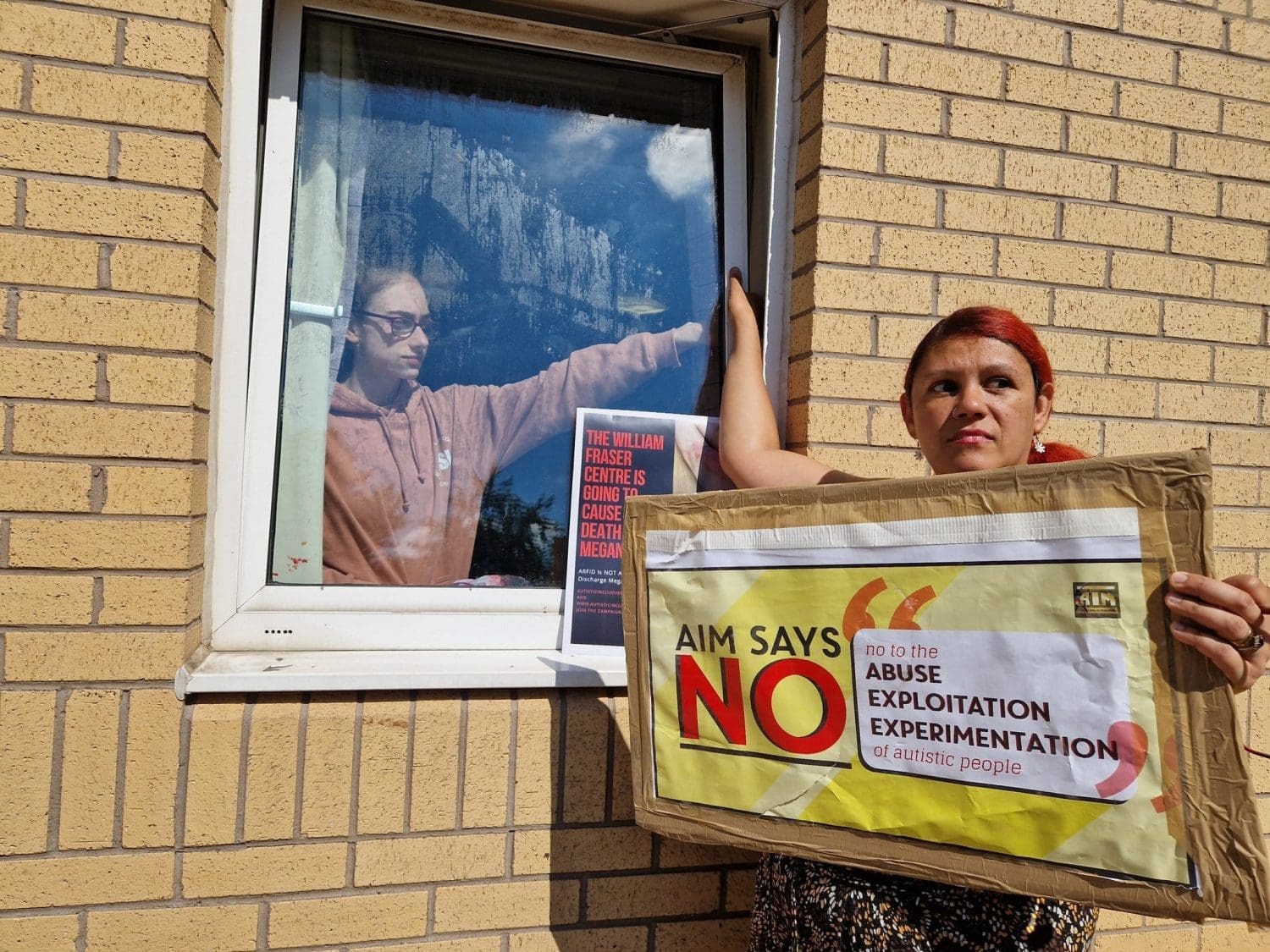
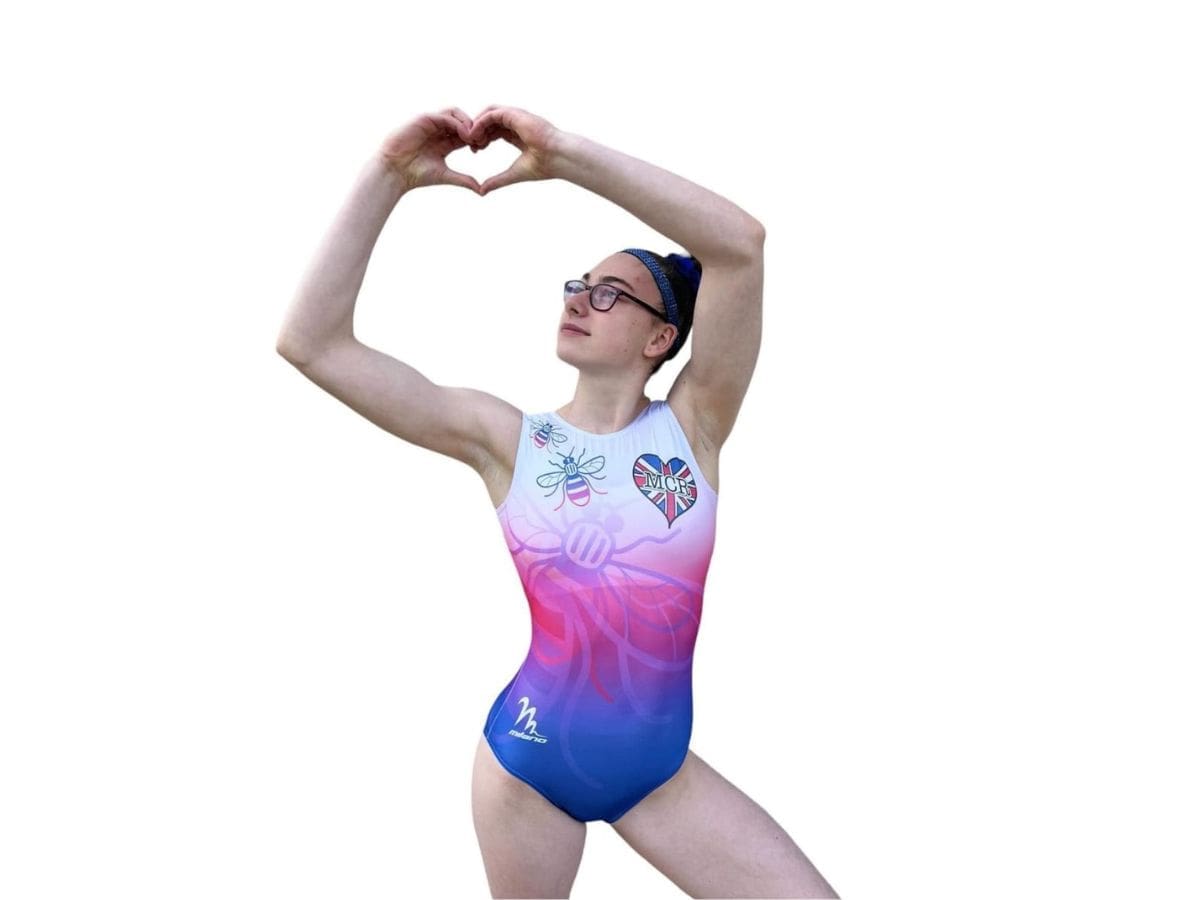
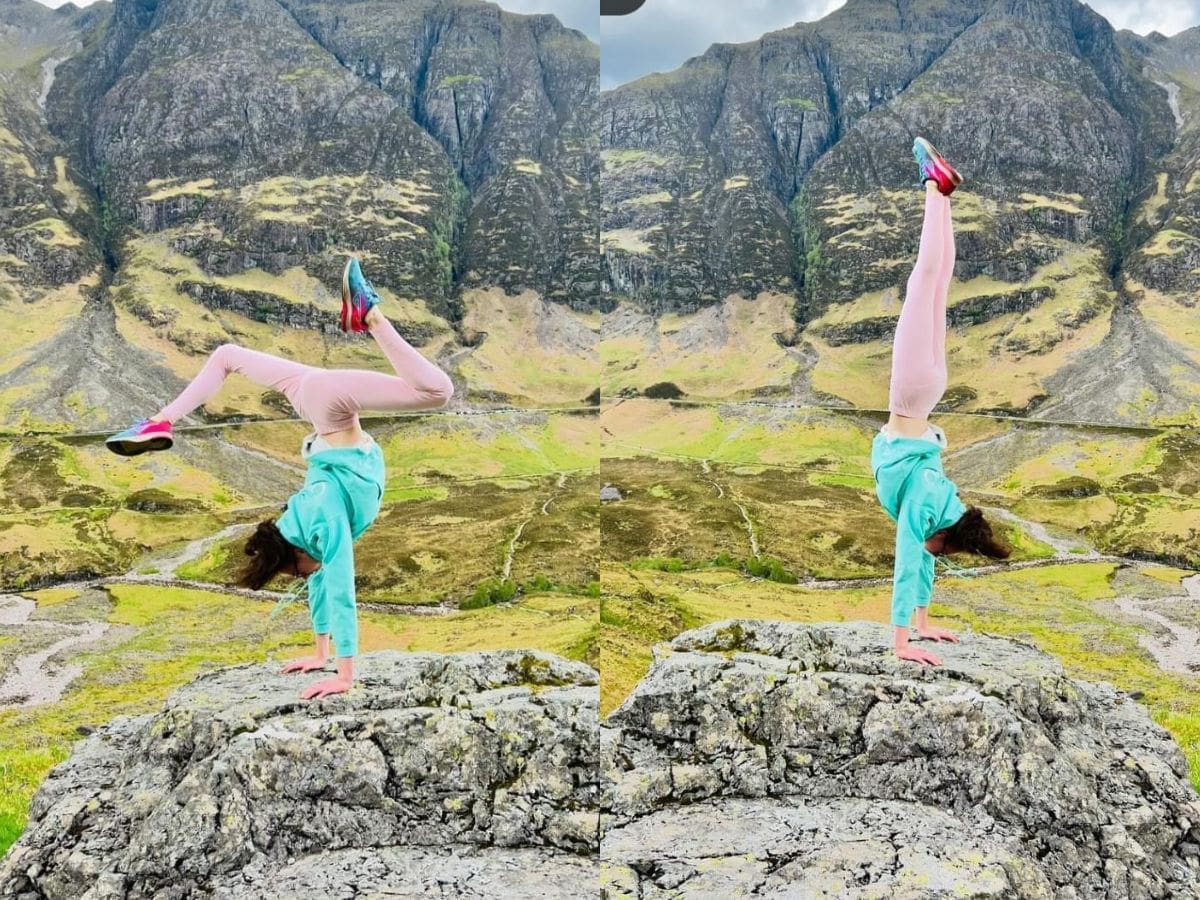
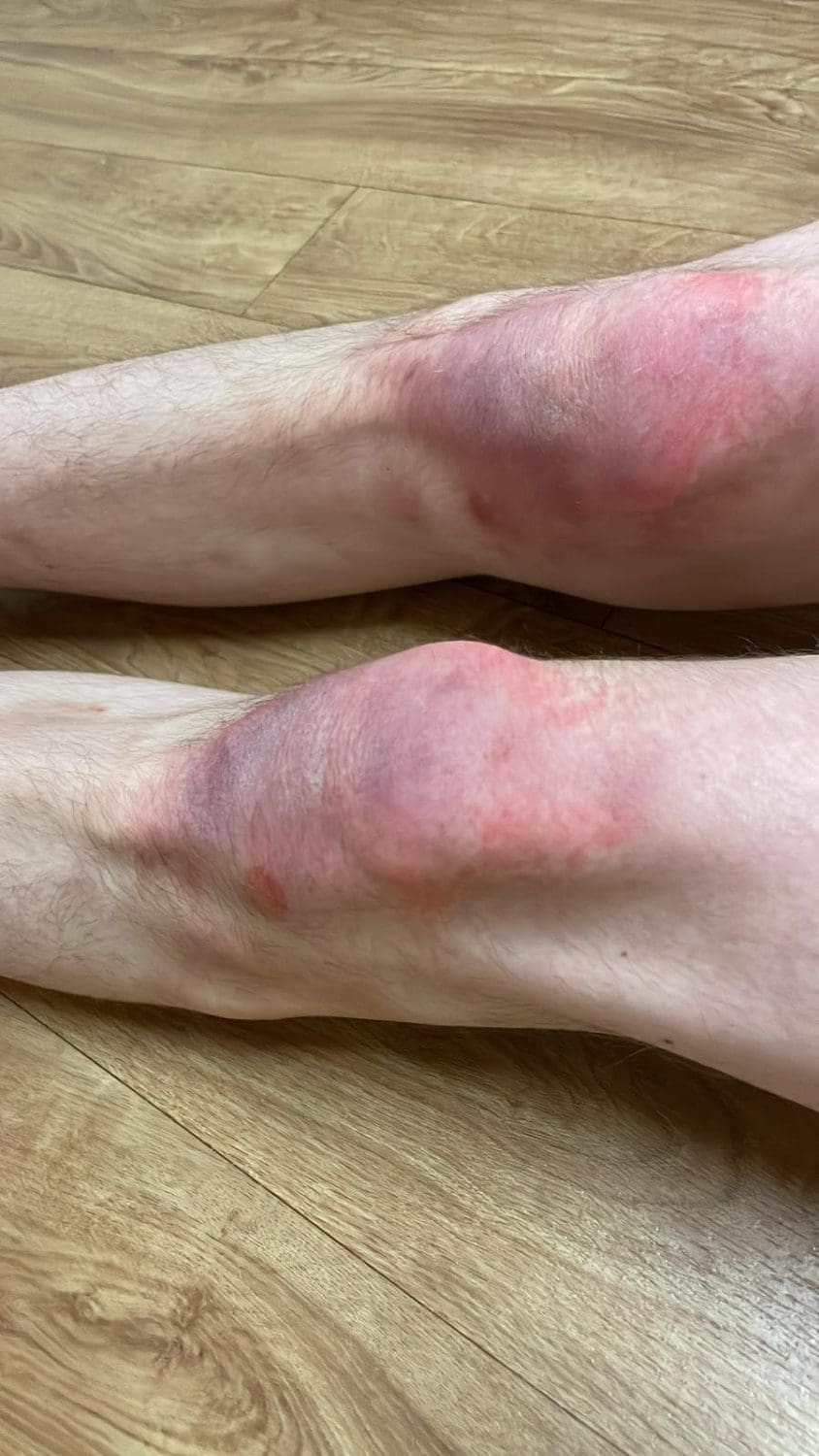
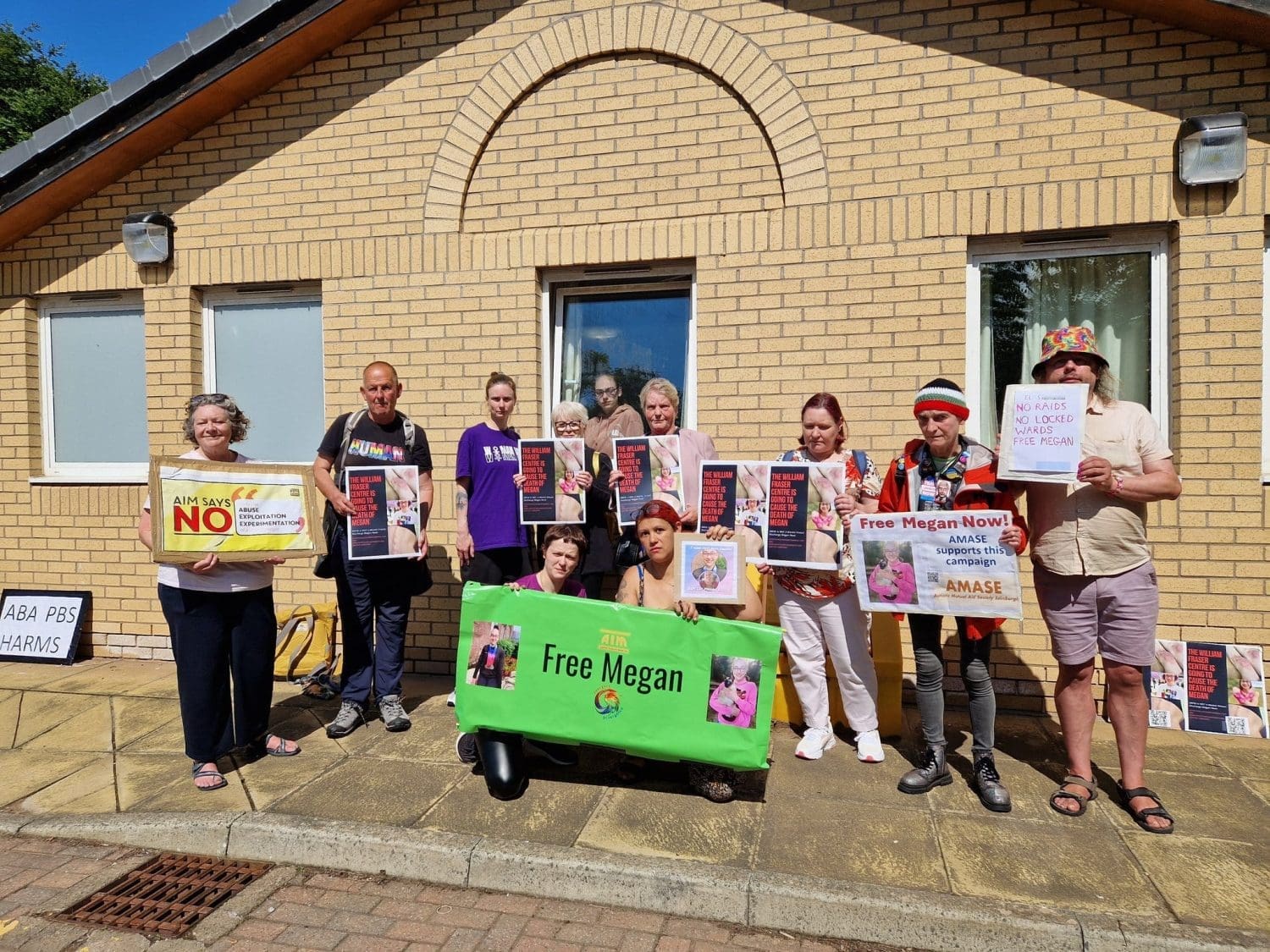
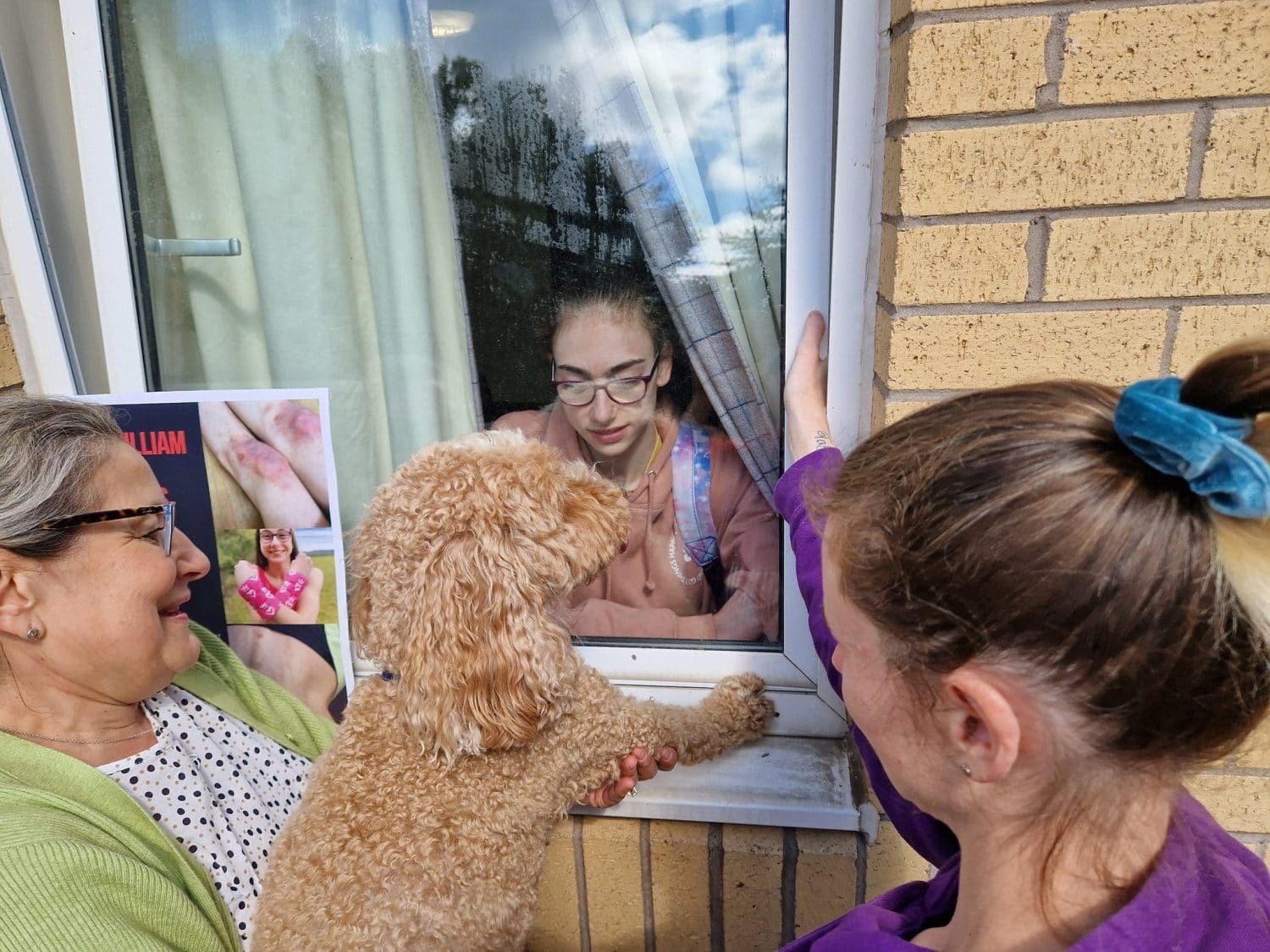

 (@whatsthetee__)
(@whatsthetee__) 

 melanie jones
melanie jones 
 (@_peachyreen)
(@_peachyreen)  (@finchoid)
(@finchoid) 
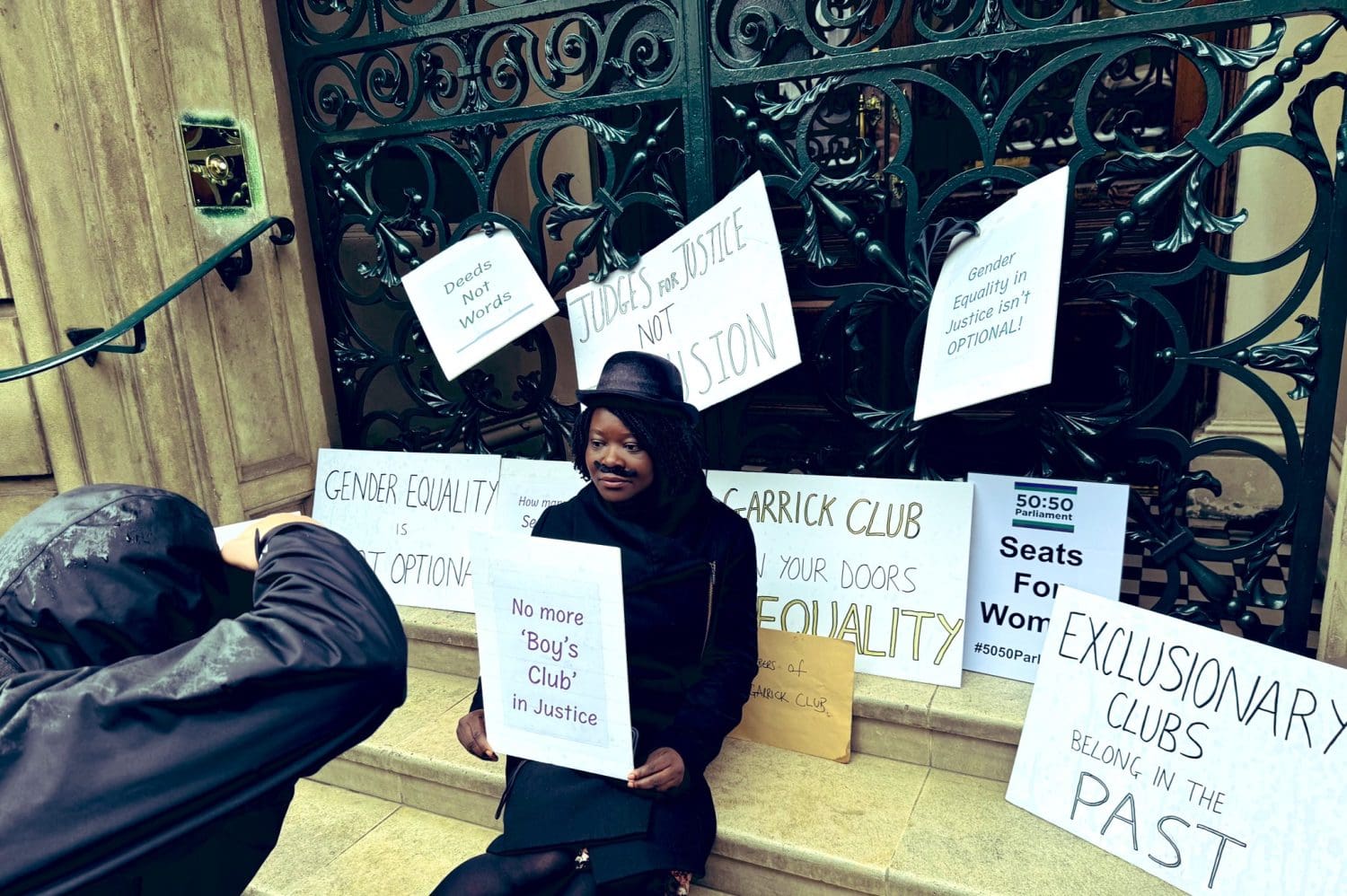
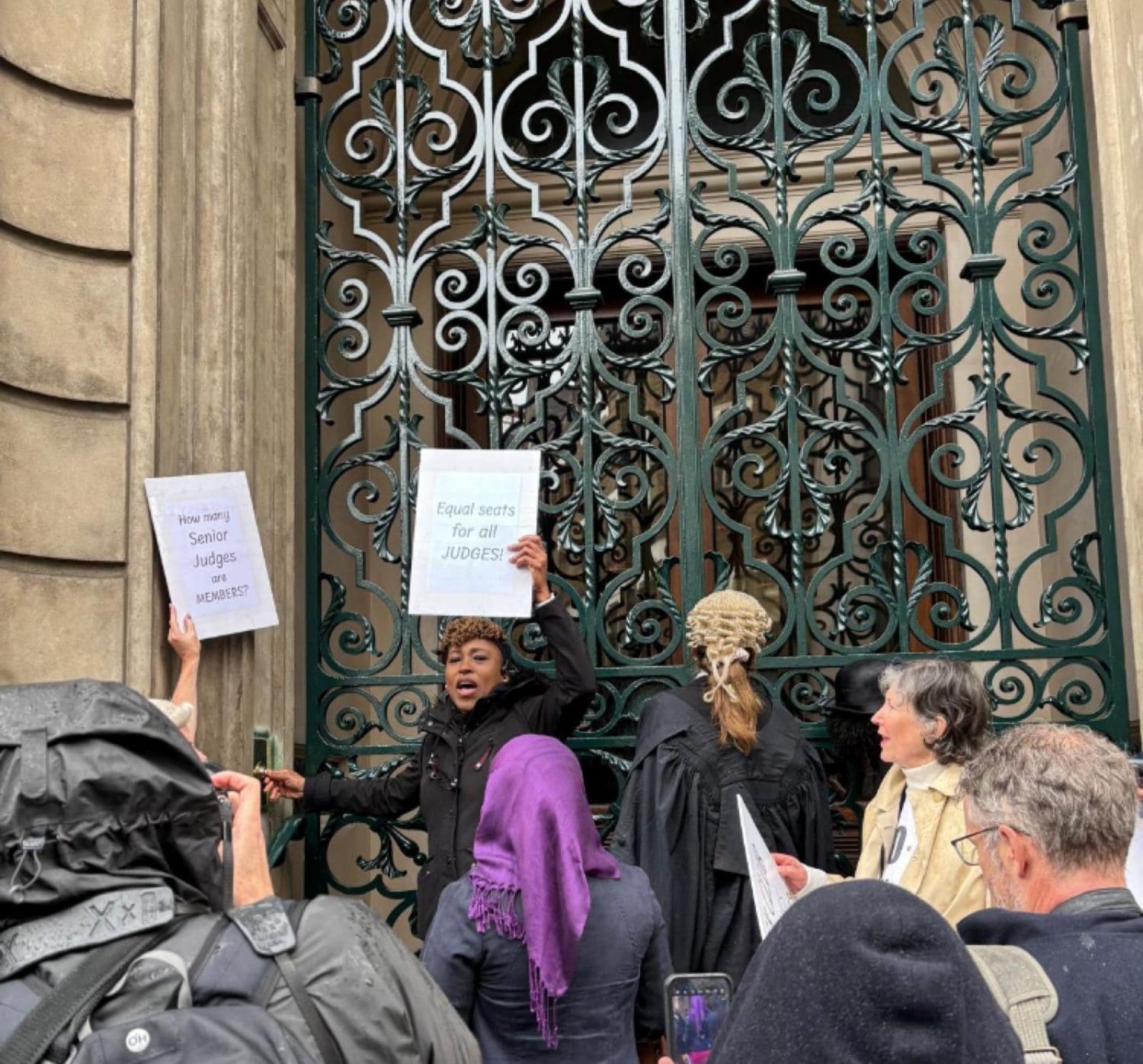



 (@adamfare1996)
(@adamfare1996)